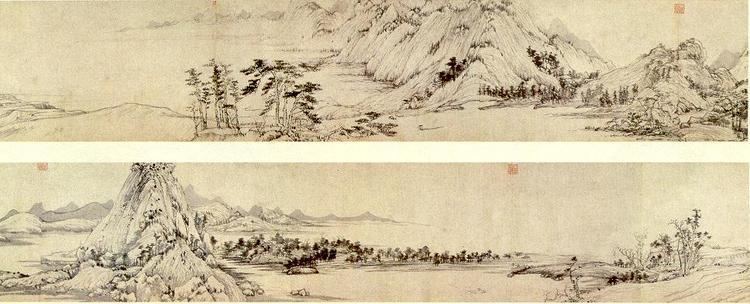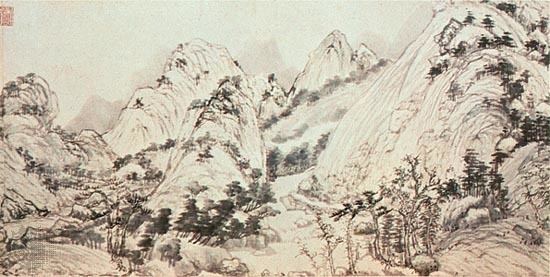Traditional Chinese 黃公望 IPA [xwaŋ kuŋwaŋ] Died 1354 Wade–Giles Huang Kung-wang Role Painter | Hanyu Pinyin Name Huang Gongwang Simplified Chinese 黃公望 Traditional Chinese 子久 | |
 | ||
Similar People Ni Zan, Wang Meng, Wu Zhen | ||
Landscape reunited huang gongwang and dwelling in the fuchun mountains
Huang Gongwang (1269–1354) was born Lu Jian during the late Song Dynasty in Changshu, Jiangsu. He was the oldest of the "Four Masters of the Yuan Dynasty." (Chinese: 陸堅; pinyin: Lù Jiān).
Contents
- Landscape reunited huang gongwang and dwelling in the fuchun mountains
- Gip3 huang gongwang 720p0513
- References

At the age of 10, the Song fell to the Mongol founders of the Yuan Dynasty and he, like many other Chinese scholars of the time, found his path to officialdom and a good career severely limited. "He was first an unranked ling-shih at a Surveillance Office in the Chiang-che Branch Secretariat (Province), probably engaged in some sort of land tax supervision. Later he served as a secretary in the metropolitan Censorate where he was unfortunately involved in the slander case of a minister, Chang Lu. He seems to have spent quite some time in jail before rereating into Taoism [as did many others of the age--another was the famous painter Ni Zan], completely disillusioned." He spent his last years in the Fu-ch'un mountains near Hangzhou devoting himself to Taoism, where around 1350 he completed one of his most famous, and arguably greatest, works, Dwelling in the Fuchun Mountains.

In art he rejected the landscape conventions of his era's Academy, but is now regarded as one of the great literati painters. Art historian James Cahill identified Huang Gongwang as the artist who "most decisively altered the course of landscape painting, creating models that would have a profound effect on landscapists of later centuries." One of Huang Gongwang’s strongest influences was his technique of using very dry brush strokes together with light ink washes (when colour is applied to a specific area using a soft-haired brush with wide strokes that blend them together into a unified wash) to build up his landscape paintings. He also wrote a treatise on landscape painting, Secrets of Landscape Painting (寫山水訣, Xiě Shānshuǐ Jué).

As was typical for Chinese scholar-officials of his era, he also wrote poetry and had some talent for music.

Gip3 huang gongwang 720p0513

